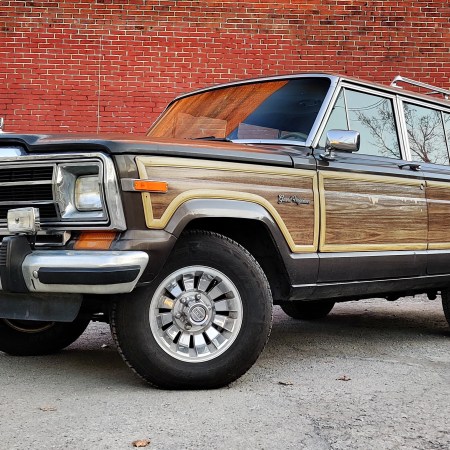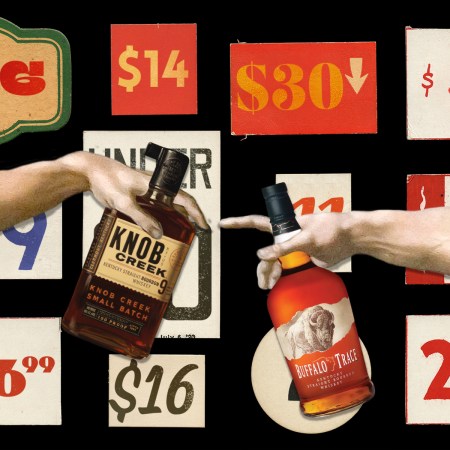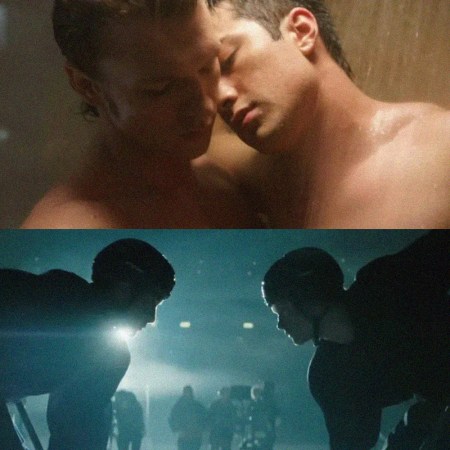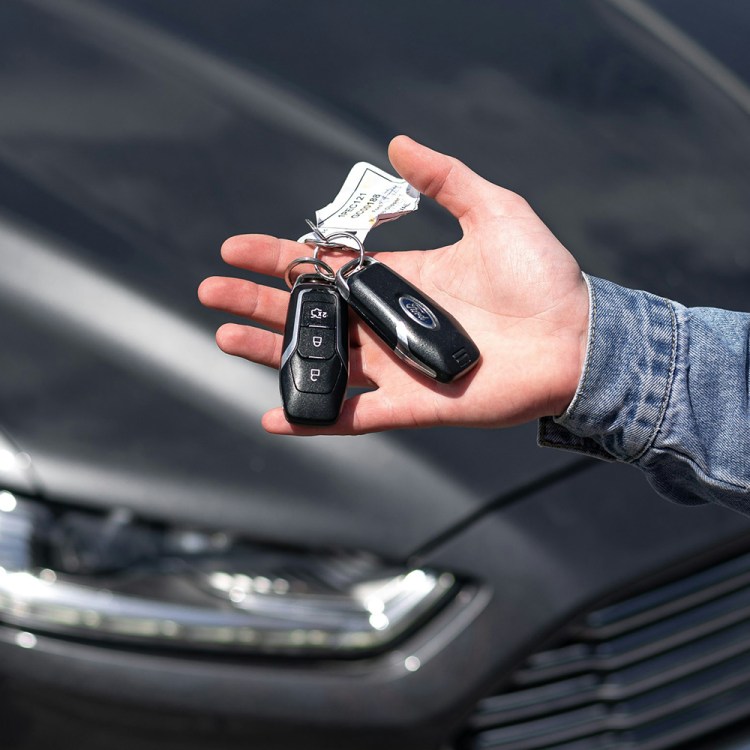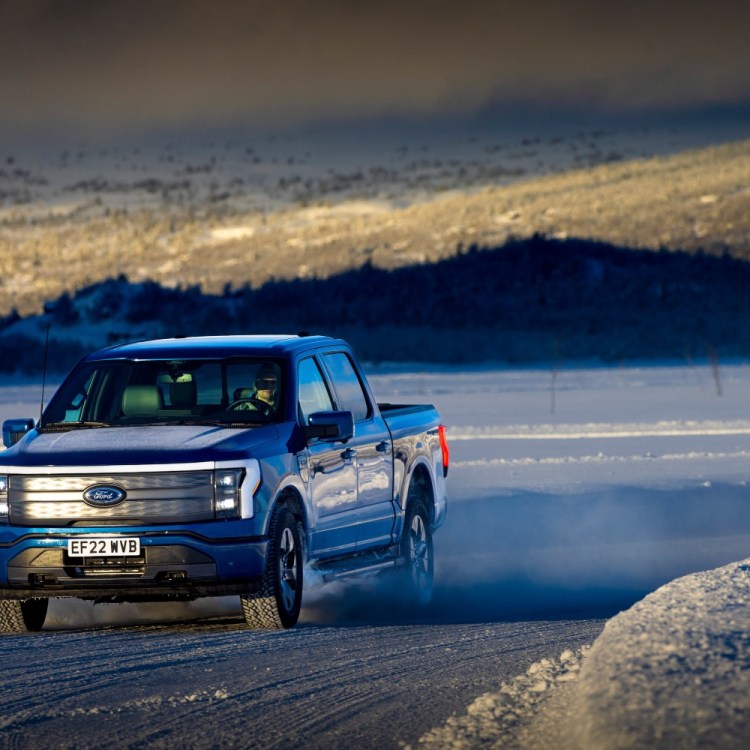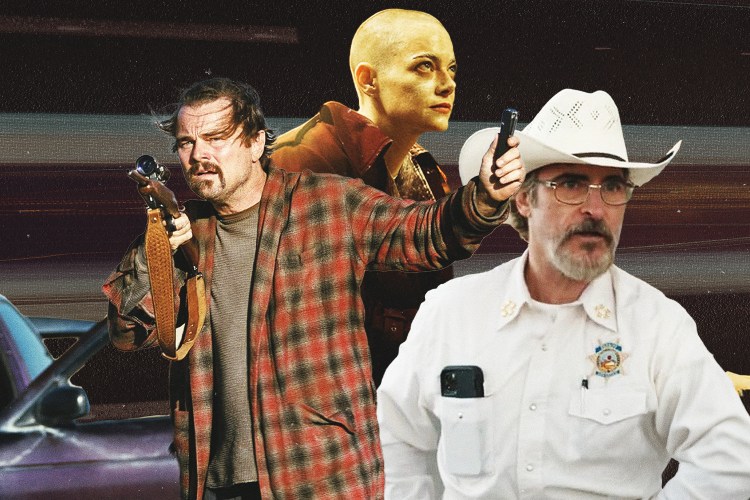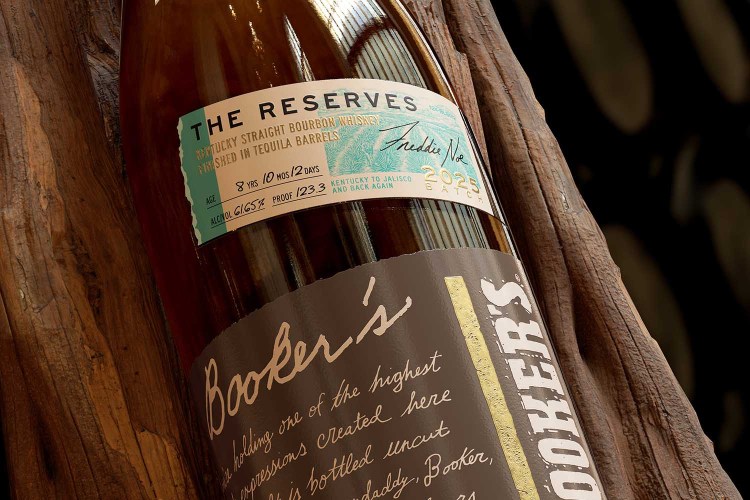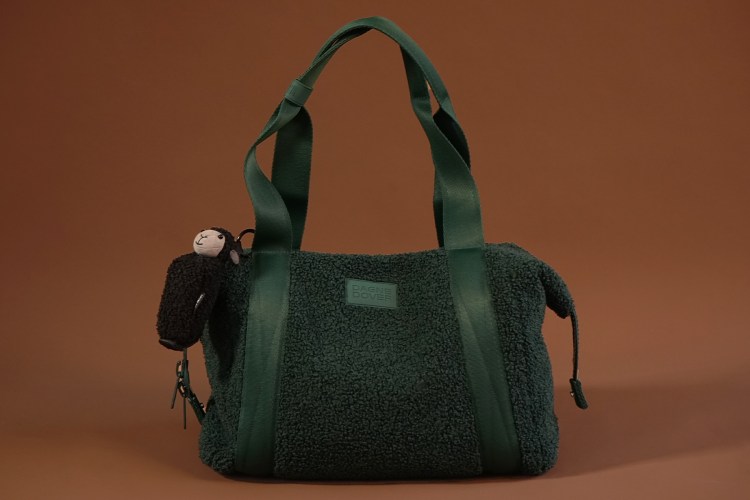Super Bowl 59 was a night of steamrolling. The Philadelphia Eagles trounced the Kansas City Chiefs 40 to 22. Kendrick Lamar eviscerated Drake in front of an audience of tens of millions of Americans with his performance of “Not Like Us,” with Drake’s reported ex Serena Williams dancing along. And Jeep tore the Ford Bronco to shreds.
Did I miss that Jeep ad? you’re probably thinking. The only one I saw was a heartwarming ode to freedom starring Harrison Ford. No, we’re talking about the same ad. Jeep just pulled a Trojan horse: wrapping a big middle finger in a fireplace-warmed American flag.
If you missed the two-minute-long advertisement, called “Owner’s Manual,” it features 82-year-old Harrison Ford (who is on a commercial blitz these days) talking about the definition of freedom and how “our differences can be our strength” while a guitar gently strums in the background and various Jeep vehicles kick up dirt. Did it make you tear up a bit while huddling over a pile of chicken wings? That might have to do with the fact that it was directed by James Mangold, who is currently up for three Oscars as the director and screenwriter of Bob Dylan biopic A Complete Unknown.
“We worked very closely with each other to create an intimate film that would stand out through its quiet nature, very much opposite of what viewers have come to expect from Big Game commercials but very consistent with many of our past films for the event over the years,” said Olivier Francois, global chief marketing officer at Stellantis, Jeep’s parent company. (As a side note, the other Stellantis ad, for Ram Trucks, is exactly what viewers have come to expect at the Super Bowl.)
Admittedly, Jeep had an obvious but congenial wisecrack aimed at their competitor at the end of the ad. “This Jeep makes me happy,” Harrison says, sitting in a Wrangler Rubicon 4xe, a plug-in hybrid SUV, “even though my name is Ford.” But there’s a much more specific and cutting remark hidden earlier in the spot.
Jeep Wrangler 4xe Review: The Improbable King of Plug-In Hybrids
Why are Americans smitten with this particular PHEV? We got behind the wheel to find out.About halfway through the ad, Harrison narrates, “Freedom is the ability to inspire,” while the video shows a doorless Jeep Wrangler overtaking another SUV on a dirt trail and leaving it in the dust. There’s no clear marking on the other vehicle, but it’s obviously a Bronco, a direct Wrangler competitor that Ford revived and began selling in 2021. If we translate that bit of veiled marketing copy, what Jeep is really trying to say here is: “The new Ford Bronco is a ripoff of the Wrangler. But that’s okay! We’re still better.” The latter part of that sentiment is bolstered by the ear-to-ear smile on the face of the passenger in the Wrangler as they speed past, and in the use of a targeted Jeep slogan at the very end of the spot: “There’s Only One.”
To understand this as a true shot across the bow and not just a wink and a nod, you have to understand the precarious position Jeep currently finds itself in. The American brand’s U.S. sales have been steadily declining for the past six years. After an all-time high of 973,227 vehicles sold in the country in 2018, which included 240,032 Wranglers, its best-selling model, the brand sold just 587,725 vehicles in 2024 (a 40% drop in six years), with just 151,163 Wranglers sold (a 37% drop); the best-selling model is now the Grand Cherokee with 216,148 units sold last year.
As Road & Track pointed out in January, while the Wrangler still outsells the Bronco, “[t]here’s no doubt that Ford has cut into Jeep’s success.” The Ford Bronco achieved 109,172 U.S. sales in 2024 (not including the separate Bronco Sport model), which is notable as it’s an increase from 2023, whereas the Wrangler has been in a sales tailspin for years.
But as CNBC reported in September, Antonio Filosa, who was appointed the CEO of the Jeep brand in November 2023, is currently working on a turnaround plan with the goal of “selling roughly 1.5 million SUVs globally by 2027, including 1 million in the U.S.” per year. Part of his strategy at that time was “[increasing Jeep’s] media spending by 20% compared with the first half of the year.”
As the brand’s Super Bowl ad proves, spending big money on advertising campaigns is going to continue to be part of Jeep’s comeback. And apparently so is taking the fight right to Ford.
This article appeared in an InsideHook newsletter. Sign up for free to get more on travel, wellness, style, drinking, and culture.



